A subtle lighting scheme involving cool white lamps and dimmable fluorescents has helped transform Zollverein collieryÔÇÖs coal washer into a sleek but authentic museum space.
In 1986 the coal washer was the first stage in the preparation and refining process for coal dug from Pit XII at EssenÔÇÖs Zollverein colliery in Germany. The washer was the largest of the above-ground facilities of the pit. Its humid, noisy and grimy interior contained a labyrinth of conveyor belts, separation drums, water basins and weighing equipment used as part of the coalÔÇÖs initial treatment.
Today it is unrecognisable, having been transformed into a visitorsÔÇÖ centre complete with exhibition spaces, workshops, storage rooms and an event space, all part of the UNESCO World Heritage Zollverein Complex and Ruhr District Museum.
A key component of the coal washerÔÇÖs successful transformation from dingy industrial processing plant to multifunctional museum is the buildingÔÇÖs lighting design. Originally the 37 m-high building received light from diffuse daylight entering through unusually large windows, and artificial light from bare fluorescent battens and industrial luminaires. In the buildingÔÇÖs coal dust-choked air, this mix of artificial and natural light united to produce a constant diffuse light, which had the effect of bathing the interior in a cool blue mist.
Lighting design company Licht Kunst Licht developed a scheme that sought to ensure the building retained the industrial feel that predominated when it was in operation. The aim has been to use non-directional artificial lighting to create a similar effect to the former incident daylight, with cool white lamps homogeneously illuminating the ceiling.
All fluorescent luminaires have been made dimmable in order to adapt light levels to daylight inside the individual spaces, so that visitors focus on the building and not on the lighting. The fittings also serve as cable carriers for the sound equipment and communication units.
Integrated ÔÇślight arteriesÔÇÖ
A mesh of ÔÇślight arteriesÔÇÖ have been integrated into the building. Lighting tracks integrated into these arteries accommodate spotlights for accent illumination. Architectural illumination is supplemented by a family of theatre projectors incorporating profile and PAR-lamp units. Both types of projector are fitted with 35 W ceramic metal halide lamps, cool white dichroic glass filters and barn doors.
These luminaires are used to light up machinery inside the building from at least four directions.
The unitsÔÇÖ light levels have been controlled to ensure there are no hard shadows and that the illuminated objects are bathed in a diffuse ÔÇśluminous cloudÔÇÖ of light.
To enter this space, visitors have to pass along a spectacular gangway, which replaces the route formerly taken by the coal. The lighting design for this feature abandons functional illumination in favour of a scheme that highlights the gangway by backlighting the glazed flanks of both escalators. A colour-gel laminated into the glass stair-stringer ensures these gangways are saturated in colour. The effect emphasises the transformation lighting has made to this piece of industrial history. Licht Kunst Licht justly received the GE Award of Excellence for the scheme.
Project team
- Client: EGZ Entwicklungs-Gesellschaft, Zollverein, Essen
- Architects: The Office for Metropolitan Architecture (OMA); Rotterdam & Heinrich B├Âll Architectural Office, Essen
- Lighting design: Licht Kunst Licht, Bonn/Berlin
Source
║┌Â┤╔šă° Sustainable Design

















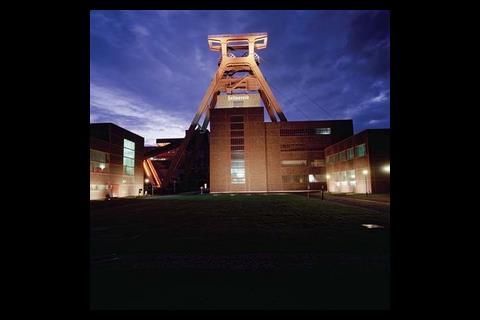
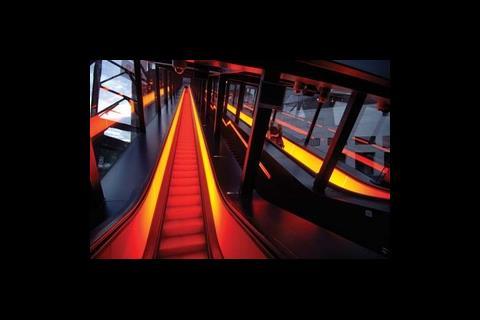
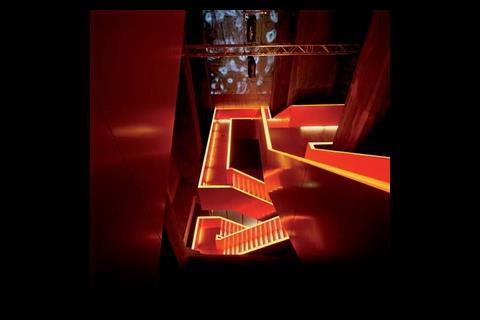
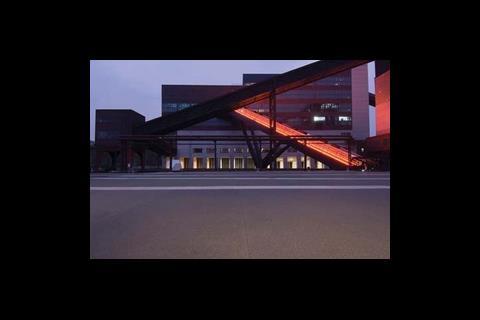
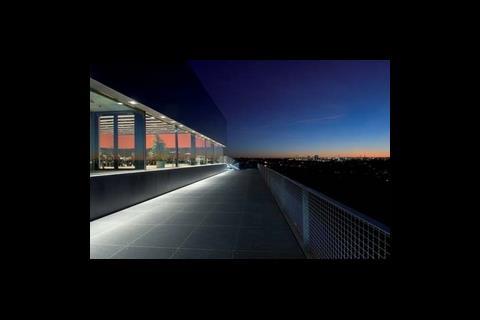
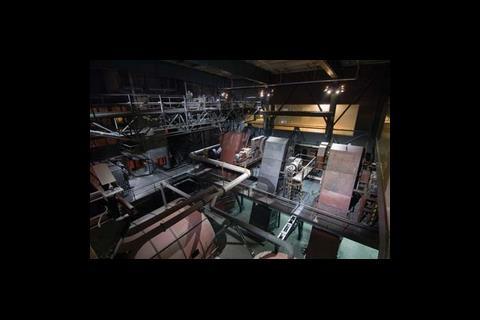
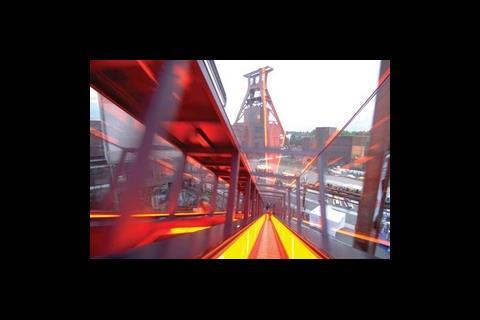
No comments yet